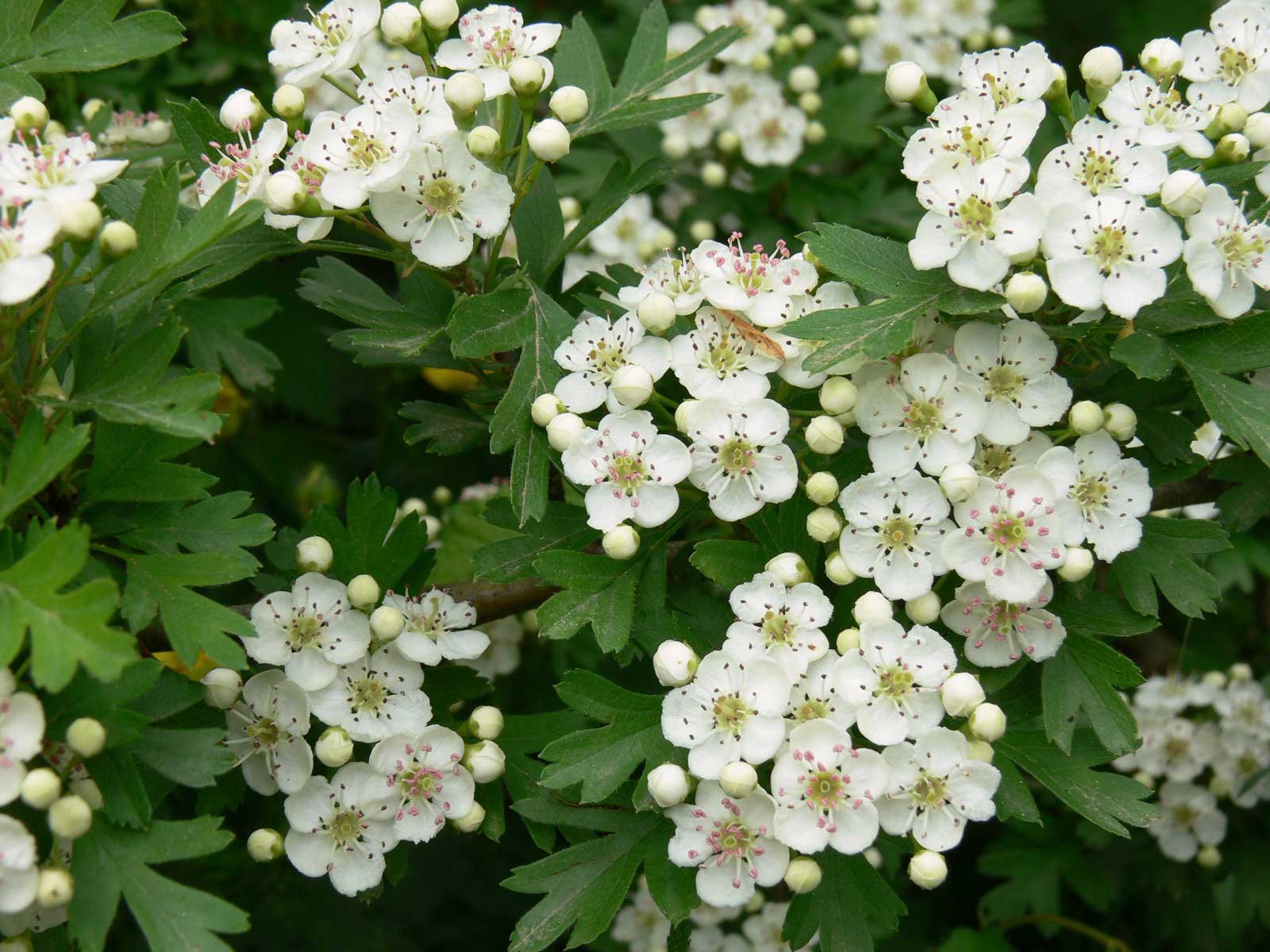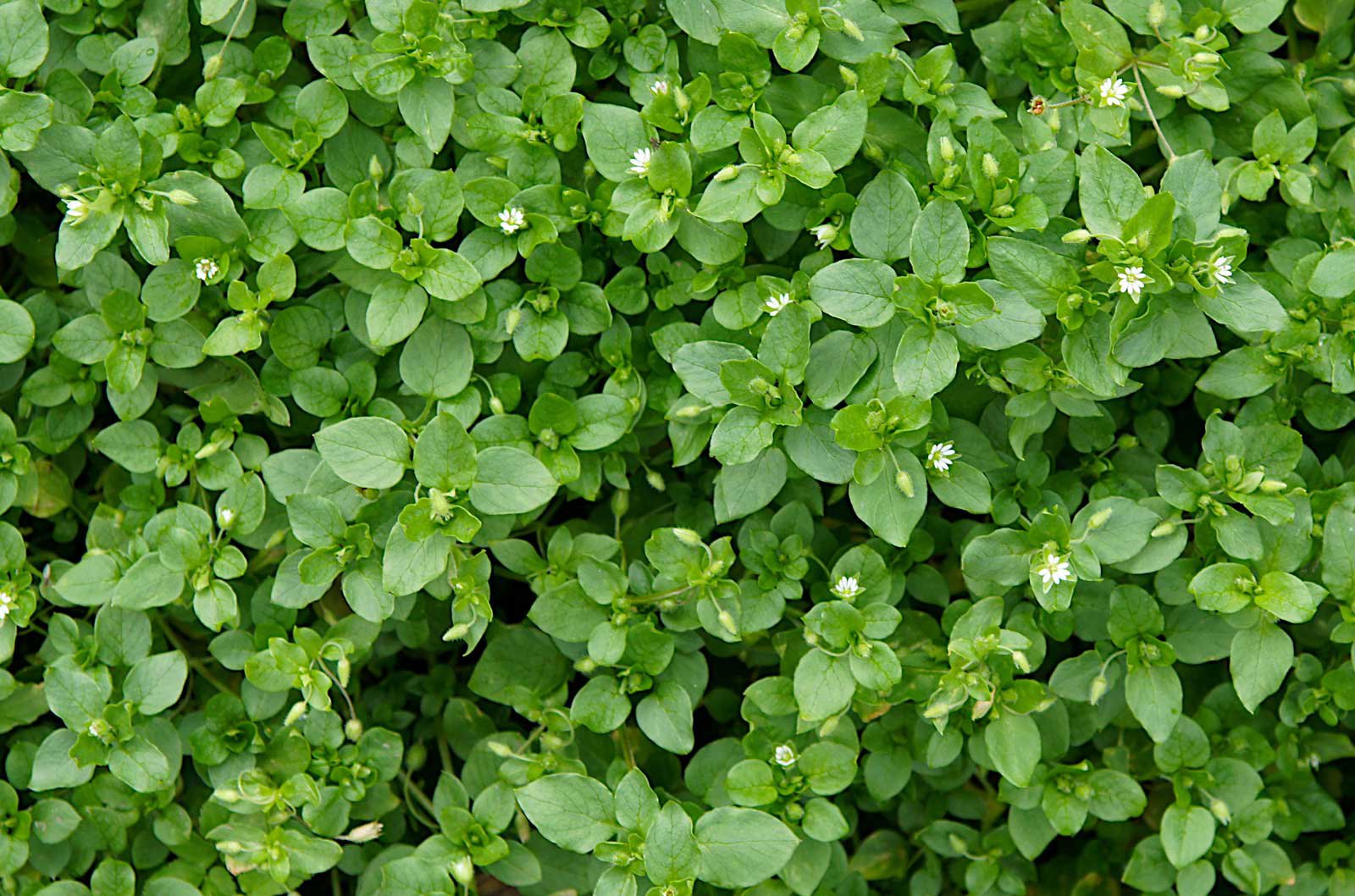
Free Food in May? You Bet! Your Guide to Foraging
Foraging for food unlocks a whole host of new flavours and textures. And it costs nothing but your time. Here’s where to find free food in May.
Herb Robert (Geranium robertianum)
A common plant usually found in hedgerows or beside rocks and walls. This shade dweller has delicate leaves and pretty pink flowers. It does have a somewhat unpleasant smell but that’s OK. Rub the leaves on your skin and you’ll find it makes an effective insect repellent.
Food-wise. Young, fresh leaves can be eaten or steeped in hot water to make a tea. Alternatively, the plant can be dried and used throughout the year as a food supplement to boost your immune system.
Dandelion (Taraxacum officinale)
Ah, our old friend the dandelion. Much maligned by lawn lovers but quite possibly one of the UK’s most successful wildflowers.
That long taproot reaches deep into the soil to access all kinds of wonderful minerals and consequently the leaves of this plant are full of good stuff. Think vitamins, A, B, C and E as well as iron, magnesium, potassium and calcium. This free food really is good for you!
Enjoy the zingy-tasting leaves in a salad, use the roots to make a coffee substitute, or make dandelion petal syrup to drizzle over pancakes.
Hawthorn (Crataegus monogyna)
Hawthorn is commonly used for hedging and in early May you’ll have no difficulty noticing its profuse white flowers. Pause for a moment to enjoy their uplifting aroma.
The young flowers, flower buds and leaves of hawthorn are all edible. Add them to salads or simply enjoy nibbling on them while you walk the dog.

Red Clover (Trifolium pratense)
Red clover is a favourite with bumblebees so please don’t be greedy when you are out picking your free food. Leave some of these for the bees.
The flower heads are great as a salad garnish and taste remarkably like honey. Gorgeous!
Sorrel (Rumex acetosa)
Sorrel is a perennial herb that looks and tastes rather like spinach. It’s full of vitamins and minerals and has a slight lemony flavour. Older leaves can be a bit bitter so only pick the young leaves. Add to soups, sauces, quiches or even potato salads.
Chickweed (Stellaria media)
I’ll wager that you’re fed up with pulling chickweed out of your veggie patch. It’s a happy little weed that grows abundantly just like - well - a weed. Before you throw it on the compost heap though, take a little time to taste the leaves and stems. They’re just as good in a salad as they are blended into homemade pesto.

These are just a few of the free foods you can forage for in May. Remember to be respectful to other people’s property. No stomping on farmer’s crops or disturbing livestock. And always, always, always be sure that you have identified a plant correctly before you eat it.
For more foraging tips, read our article about finding free food in wild places .

Why not consider growing forgable food in your garden?
Talk to a qualified garden designer about creating a permaculture planting plan.
Image Credit: The Essex Garden Company
